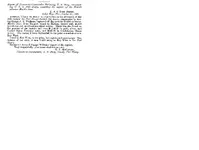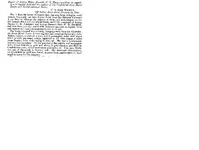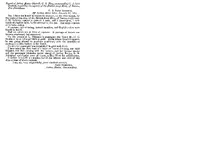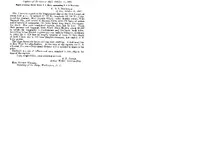Jolly Mon
Hero Member
- Joined
- Sep 3, 2012
- Messages
- 868
- Reaction score
- 631
- Golden Thread
- 0
- Primary Interest:
- All Treasure Hunting
Out of the many seizures made by the East Gulf Squadron from Dec, 22nd 1862 to July 17th 1865, these are the only times gold, silver or specie is listed as cargo on an outbound blockade runner:



 click to enlarge
click to enlarge
Usually the cargo is simply listed as cotton, turpentine, etc.
This does nor prove anything of course, but it is suggestive.
After all, guys like Levy and Trenholm were in the blockade running business to make money, not give it away.
If you knew there was a 33% chance a vessel would be seized by the Union on an outbound trip, how much gold and silver would you put aboard?? Probably as little as possible...perhaps just enough to be handled by the Captain and mate in the event of a capture.
Also, many blockade runners have been found and at least partially salvaged. I am not aware of a single instance where a large amount of gold and silver has been found as cargo. I could be very wrong about this, and would love to hear about it if I am.



 click to enlarge
click to enlargeUsually the cargo is simply listed as cotton, turpentine, etc.
This does nor prove anything of course, but it is suggestive.
After all, guys like Levy and Trenholm were in the blockade running business to make money, not give it away.
If you knew there was a 33% chance a vessel would be seized by the Union on an outbound trip, how much gold and silver would you put aboard?? Probably as little as possible...perhaps just enough to be handled by the Captain and mate in the event of a capture.
Also, many blockade runners have been found and at least partially salvaged. I am not aware of a single instance where a large amount of gold and silver has been found as cargo. I could be very wrong about this, and would love to hear about it if I am.






